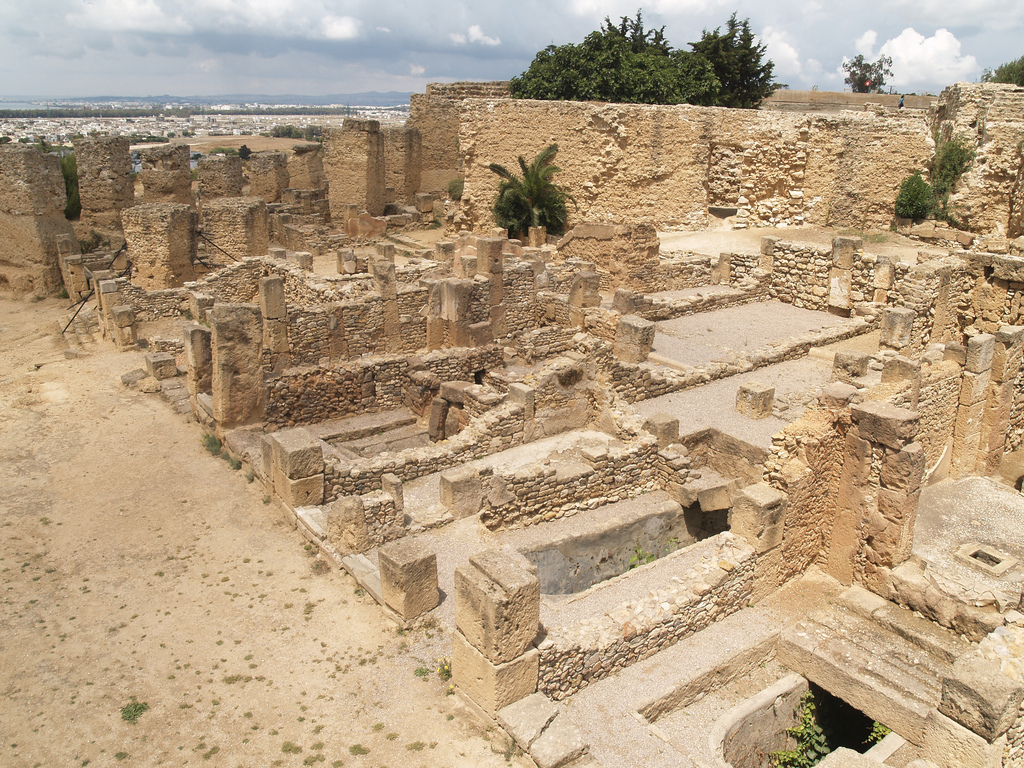
Advertisement
In the Old Testament of the Bible, there are several stories about how the Israelites came to blows with their archenemies, an ancient people known as the Philistines. One of the most famous encounters involves the young David going toe to toe against the champion of the Philistines, the giant Goliath, defeating him in single combat. To this day, the word “philistine” is used as a derogatory term to refer to someone of a more barbaric, uncultured nature. However, the Bible does not go into too much depth to explain the origins of the Philistines. But it turns out that, after analyzing several sets of DNA from an archaeological site in modern-day Israel, the Philistines may have descended from ancient peoples who once inhabited southern Europe.
An international team of researchers led by scientists from the Max Planck Institute for the Science of Human History and The Leon Levy Expedition to Ashkelon retrieved and analyzed DNA samples from people they believe lived during the Bronze and Iron Age – around 3,600 to 2,800 years ago. They retrieved all the samples from an archaeological site near the modern-day Israeli city of Ashkelon, which was once one of the core cities of the Philistines during the Iron Age.
The team found that the Philistines descended from southern European peoples, primarily from Greece, Sardinia and possibly even the Iberian peninsula (Spain or Portugal). This leads researchers to believe that the Philistines migrated to Israel from southern Europe during either the late Bronze Age or the early Iron Age, around 3,000 years ago.
However, this “genetic signal” that shows the Philistines as having some European ancestry seems to be short-lived, because once they came to the Levant region, they quickly assimilated with the local population through marriage. The Levant is the historical name for the geographic region encompassing the eastern Mediterranean, which includes Syria, Lebanon, Jordan, Israel and Cyprus.
“Within no more than two centuries, this genetic footprint introduced during the early Iron Age is no longer detectable and seems to be diluted by a local Levantine-related gene pool,” said study researcher Choongwon Jeong, archaeogeneticist from the Max Planck Institute. (Related: Ancient preppers: Researchers discover 2,000-year-old Jewish settlement in Israel where rebels used hidden tunnels to store supplies underground.)
Ancient DNA held the secrets of ancient Israel
The researchers sampled the teeth and inner ear bones of over 100 specimens. However, they were only able to retrieve DNA results from 10 individuals, because the eastern Mediterranean “is quite problematic for DNA preservation,” said lead researcher Michal Feldman, doctoral student of archaeogenetics at the Max Planck Institute. “DNA gets degraded over time, and when the environmental conditions are warm and humid, it degrades faster.”
Fortunately for Feldman and his team, the 10 samples they collected were enough to solve the mystery of the Philistines. They compared the DNA they got from the supposedly Bronze Age Philistines with DNA gathered from Iron Age Philistines and found that “they had an ancestral component that the Bronze Age people didn’t have,” according to Feldman. He and his team traced this ancestral component all the way to southern Europe. The link is so strong that the “signal” is undeniable.
Feldman himself has stated with certainty that the ancestors of the Philistines probably migrated to the Levant from southern Europe either at the tail end of the Bronze Age or at the beginning of the Iron Age.
This genetic work by Feldman, Jeong and the many other researchers from their team, who published their findings in the journal Science Advances, helps deepen the understanding of archaeologists and historians working in the Levant. Specifically, the southern European genetic “signal” of the Philistines supports the claims of some researchers that there were massive cultural shifts caused by migration to the region around the transitionary period between the Bronze and Iron Ages.
Sources include:
Advertisement
Advertisements
















